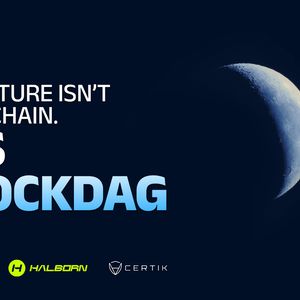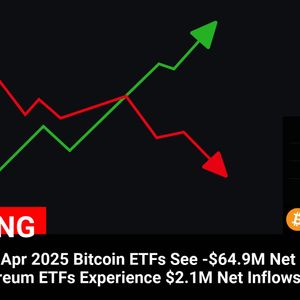Stablecoins shifted their weight in Q1, flowing into a new set of chains. While more USDT and USDC were added on Ethereum, the stablecoin supply increased on smaller chains. Stablecoin supply increased for new or previously forgotten ecosystems, potentially setting up more favourable liquidity conditions. Currently, Ethereum and TRON remain the stablecoin leaders in terms of usage. However, smaller niche chains had the biggest percentage growth in Q1, as stablecoins were distributed in search of new earning opportunities. The shift in stablecoin flows followed another expansion of the overall supply to 231.9B tokens, up another 2.88% in March. The growth comes from USDT and USDC mints, in addition to the creation of new supply for algorithmic or crypto-collateralized protocols. Small protocols turn to self-created liquidity Morph, Cronos, and Stacks were the biggest growth chains that attracted new inflows of stablecoins. In the fourth position, the Build on Bob chain built up its supply to over $1M. BOB is an outlier, since the chain is issuing its native asset, instead of receiving bridged funds. Morph Finance is also testing its own algorithmic stablecoin. Cronos also expanded its supply with the native USC. Algorand, ZKSync and Hedera also saw stablecoin inflows, with the hope of reviving their previous activity. Algorand mostly carries USDC, the same as ZKSync . Hedera also has over 99% dominance of USDC, as the three chains seek a more secure, fully regulated asset. The most significant change came for Solana, which grew its stablecoin supply by 146% to $12.53B. The inflows mostly came from USDC, as Circle had a special series of mints for the Solana ecosystem. USDC helped create the meme token trading peak on Orca, as stablecoins added liquidity for the newly launched trading pairs. USDC is also key for Kamino Lending and other Solana-based protocols, aiming to revive economic activity on the chain. Crypto-collateral stablecoins return to growth Stablecoins went through a slight shift in supply, as algorithmic coin issuance slowed down, while crypto-collateralized assets expanded to 8.2% of the market. Stablecoins are drawing attention as a tool to lock in gains, while other growth opportunities are limited. Crypto-collateralized stablecoins allow protocols to mint new liquidity by tapping the value of otherwise idle altcoins and even meme tokens. Crypto-collateralized stablecoins remain relatively risky, especially after the recent drawdown for Bitcoin (BTC) and Ethereum (ETH). Despite this, in Q1, crypto-collateralized coins increased their turnover and overall supply. Crypto-collateralized coins increased their turnover in Q1, sparking hopes for more growth in the DeFi sector. | Source: Dune Analytics On-chain transfer volume for this type of stablecoin gradually increased since early 2025, though still not competing with the leading USDT and USDC. DAI remains a key asset for decentralized activities, as DEX have no limitations or requirements for the type of stablecoin used. Stablecoins returned to DeFi The market slowdown in Q1 created more demand for preserving gains. This also determined the flow of stablecoins, which increased among DeFi protocols, for both loans and collaterals. Stablecoins moved into centralized exchanges and DeFi, creating new liquidity conditions. | Source: Artemis Centralized exchanges were the biggest attractor for stablecoins, with reserves near an all-time high. Over $44B of the total stablecoin supply still sits on centralized exchanges, mostly tied to demand for derivative markets. In Q1, centralized exchanges increased their stablecoin reserves by $2.8B based on Artemis data. The second growth sector was DeFi, attracting over $707M in net flows. Stablecoins flowed out of bridges, as well as L2 protocols, especially Arbitrum. Some of the supply returned to Ethereum, with large net changes for TRON and Solana. Stablecoin issuers have shown to be adaptive, but users also altered their use patterns. While Ethereum had a greater supply of stablecoins, other chains had a higher count for daily active wallets. The most activity was seen on TRON, BNB Smart Chain, Celo, Polygon, and Solana. Other chains saw bigger transfers, but had fewer wallets interacting with the protocol. Cryptopolitan Academy: Coming Soon - A New Way to Earn Passive Income with DeFi in 2025. Learn More
















